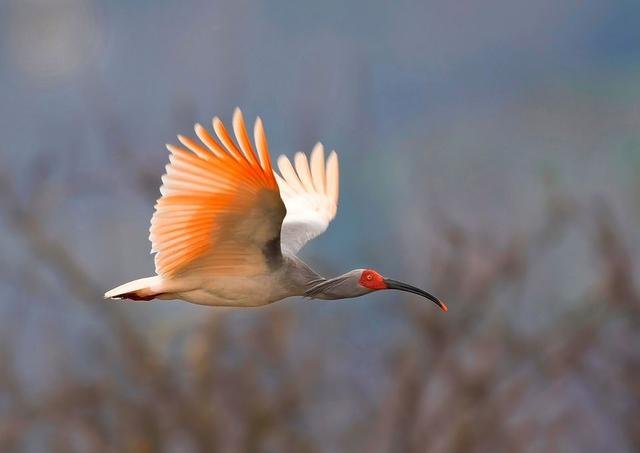Nature: rare birds see in the pictures
Kakapo Strigops habroptila
by Shane McInnes
It is a large, non-flying parrot from New Zealand and one of the rarest birds of all, with only 124 individuals currently alive. The main reason for its decline is predation by introduced mammals, especially wild cats.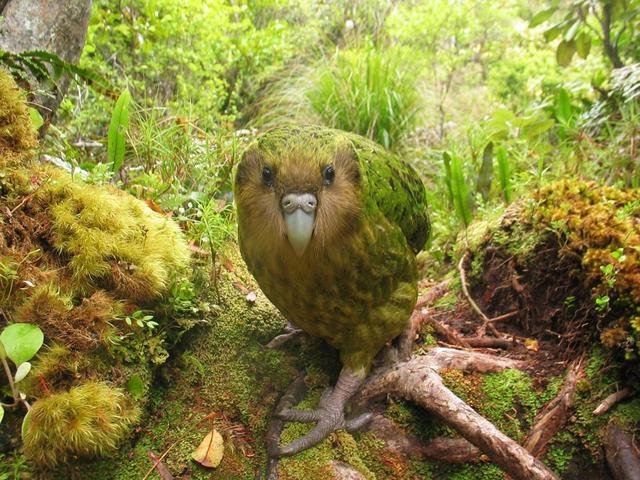
Duck Mergus Mergus octosetaceus
by Sávio Freire Bruno
This fish-eating duck is restricted to fast flowing rivers in central Brazil and northeastern Argentina. With fewer than 250 individuals in decline, the biggest threats to their survival are changes in water flow and pollution.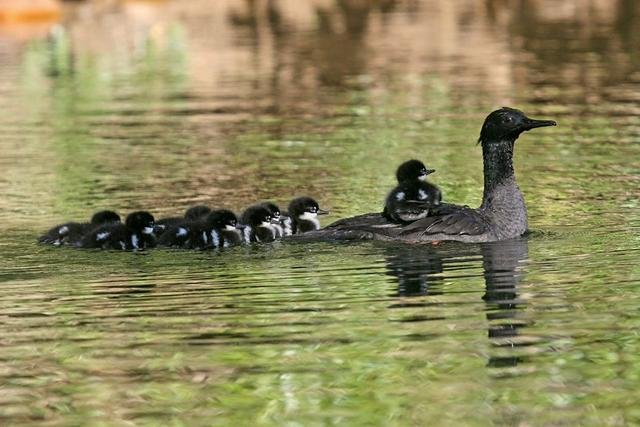
Christmas Island Frigate
by David Boyle
Great cleptoparasite seabird that reproduces only on Christmas Island in the Indian Ocean. Adult population composed of 1220 couples and declining, mostly in a single colony. Major threats: loss of trees used during breeding season, pollution of phosphates used in mining, cyclones and probably the introduction of the ant Anoplolepis gracilipes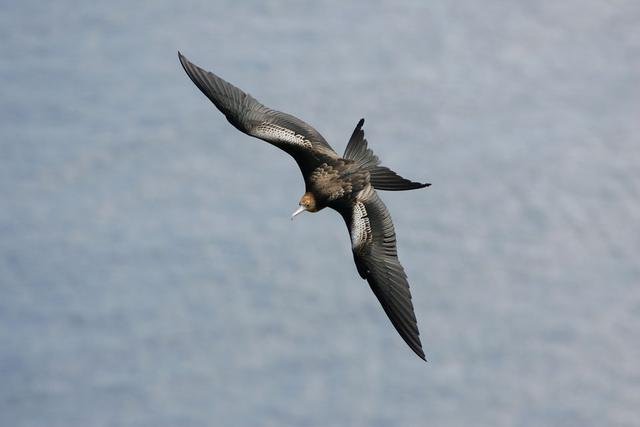
Forest owl
by Dr Jayesh Joshi
Endemic to central India until its rediscovery in 1997, it was known only by the seven specimens collected during the 19th century in four places. This species has a very small, extremely fragmented population of less than 250 individuals.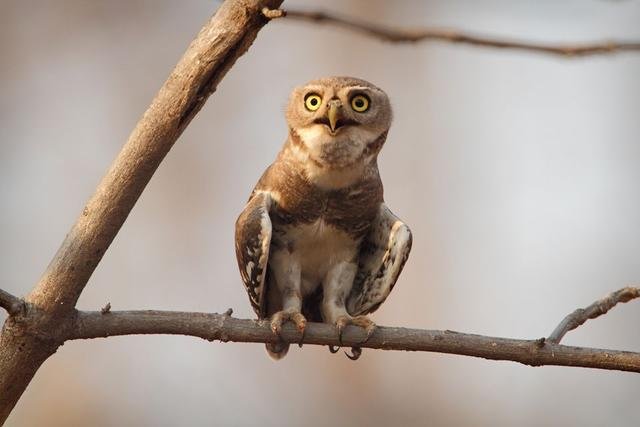
Japanese Ibis
by Quan Min Li
A medium-sized water bird that once reproduced in Russia, Japan and China but had its population severely reduced. Today it is restricted to Shaanxi province in central China, where only 250 animals survive but the population is slowly increasing thanks to conservation actions. Because of feeding on small mollusks and crustaceans in rice plantations, the reason for the population decline is related to the substitution of rice planting by wheat.